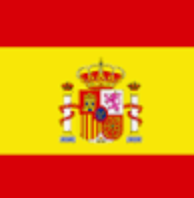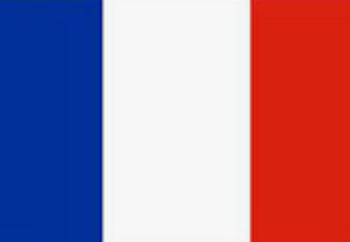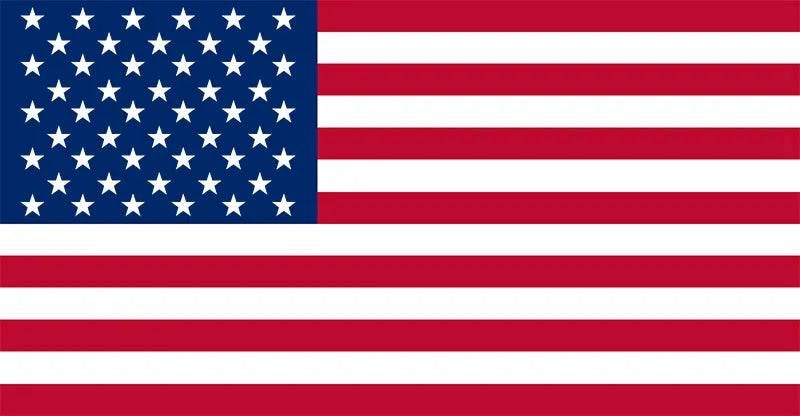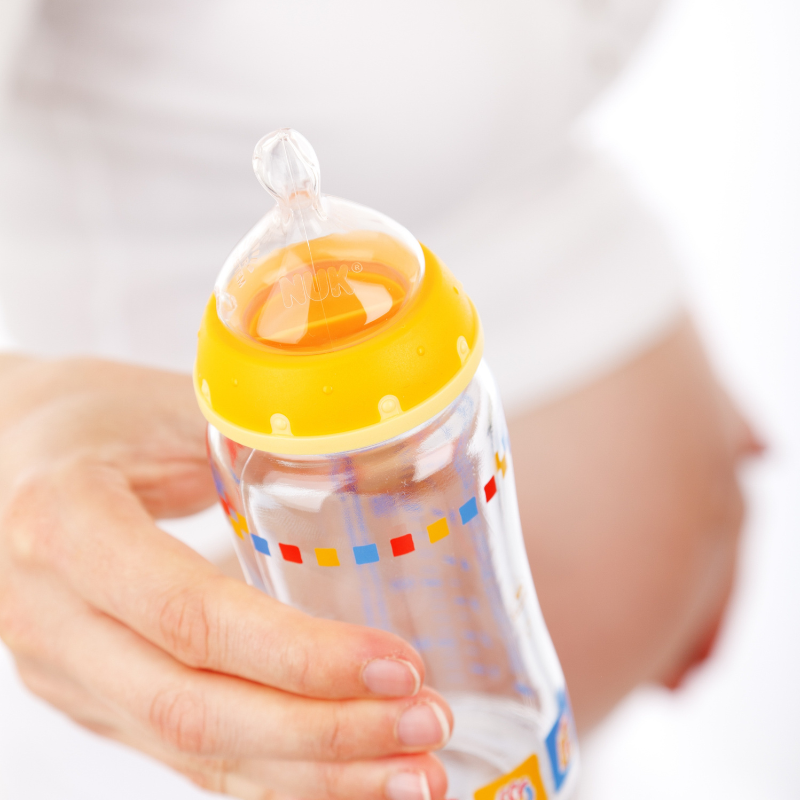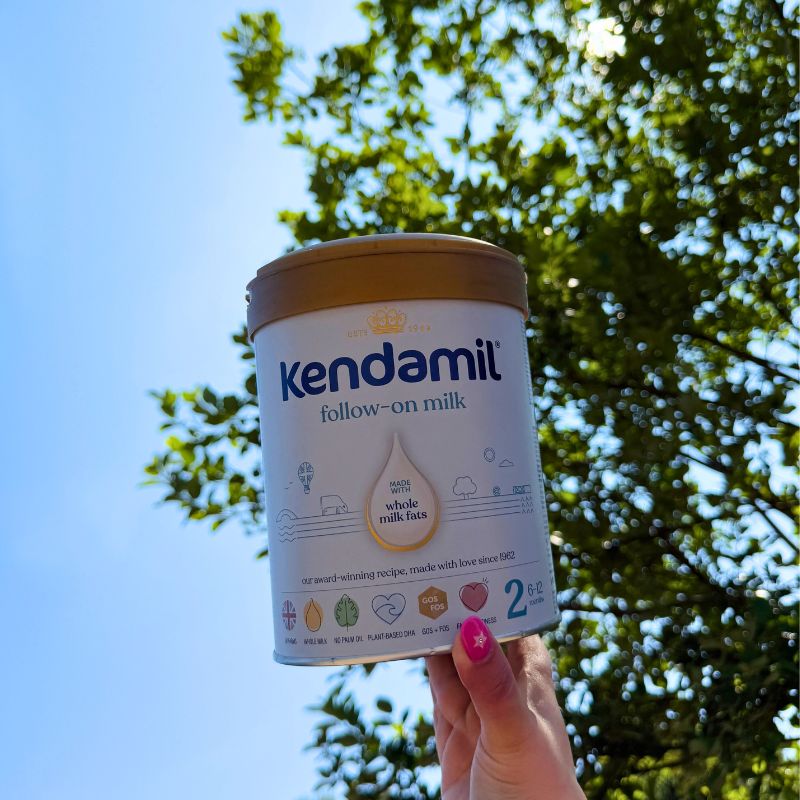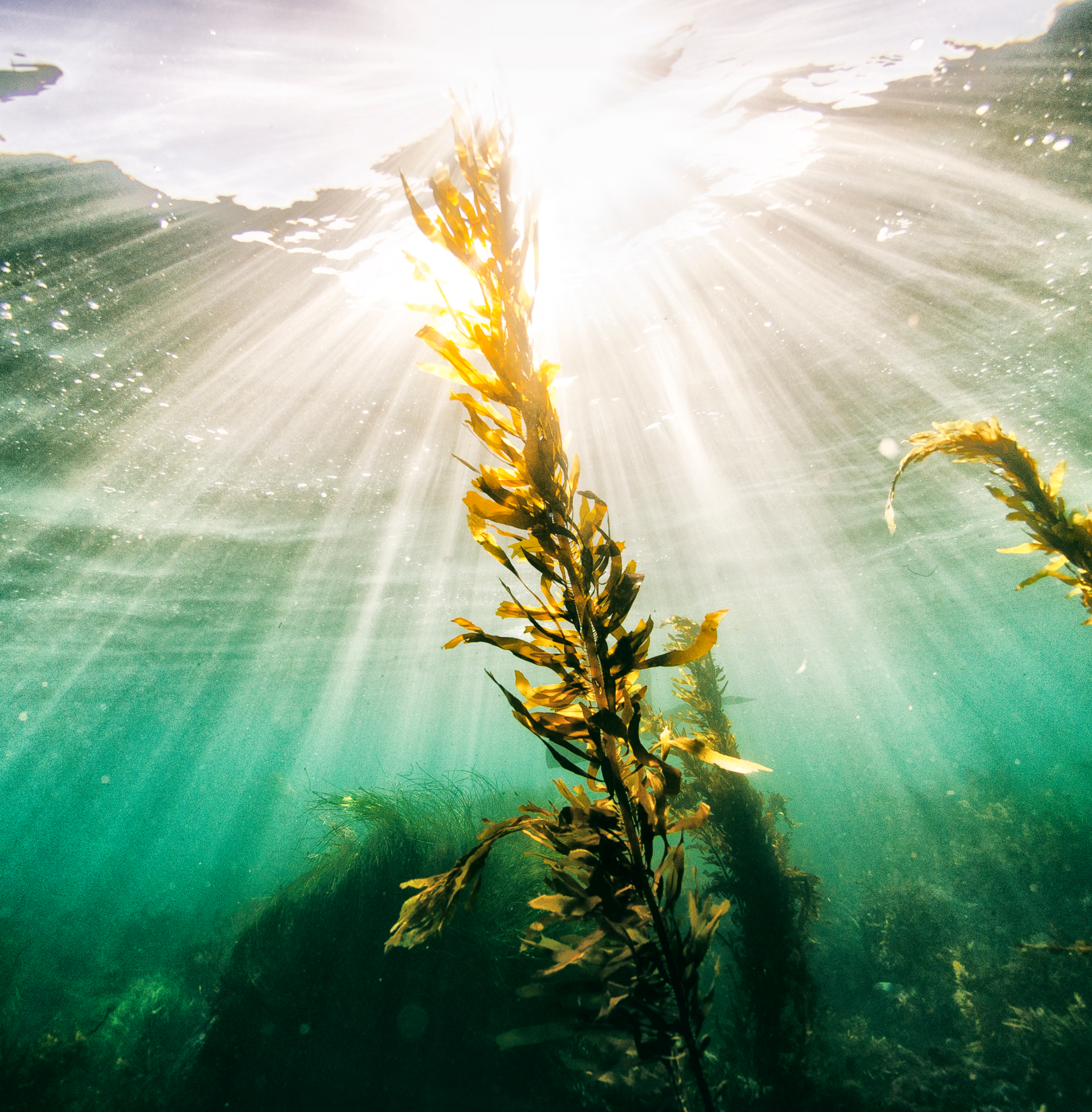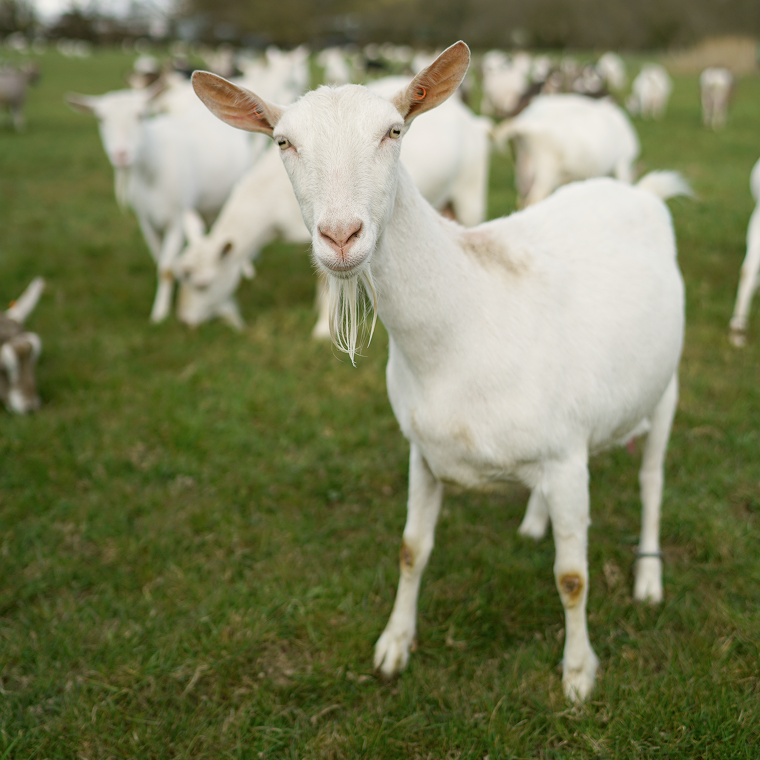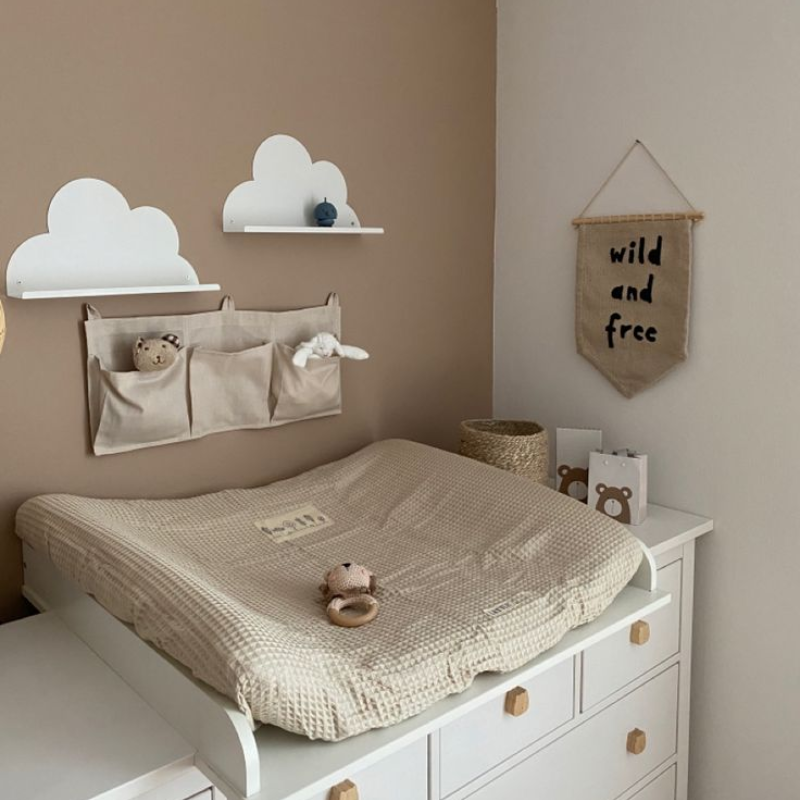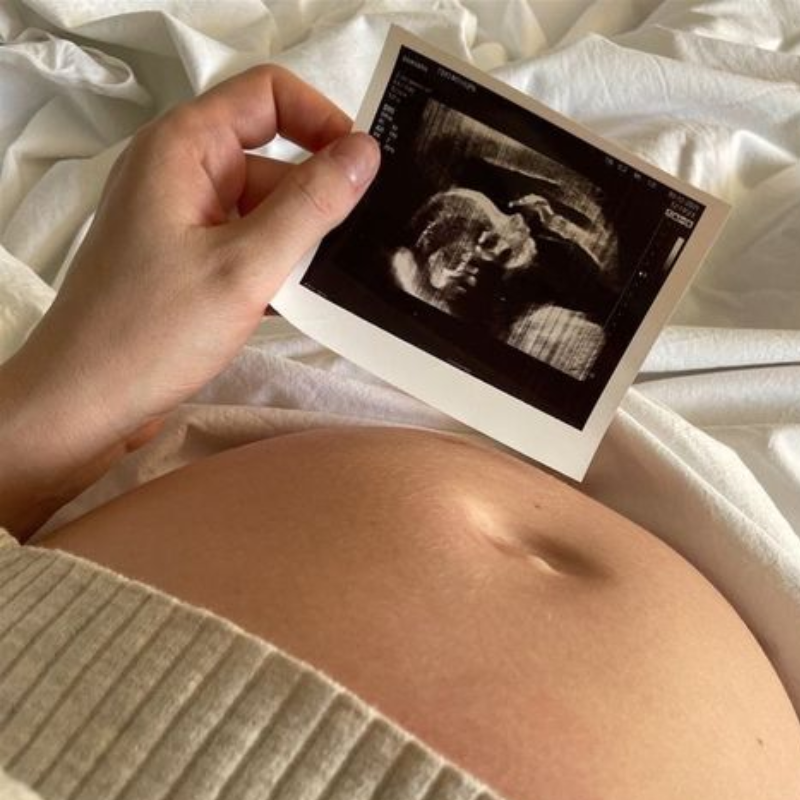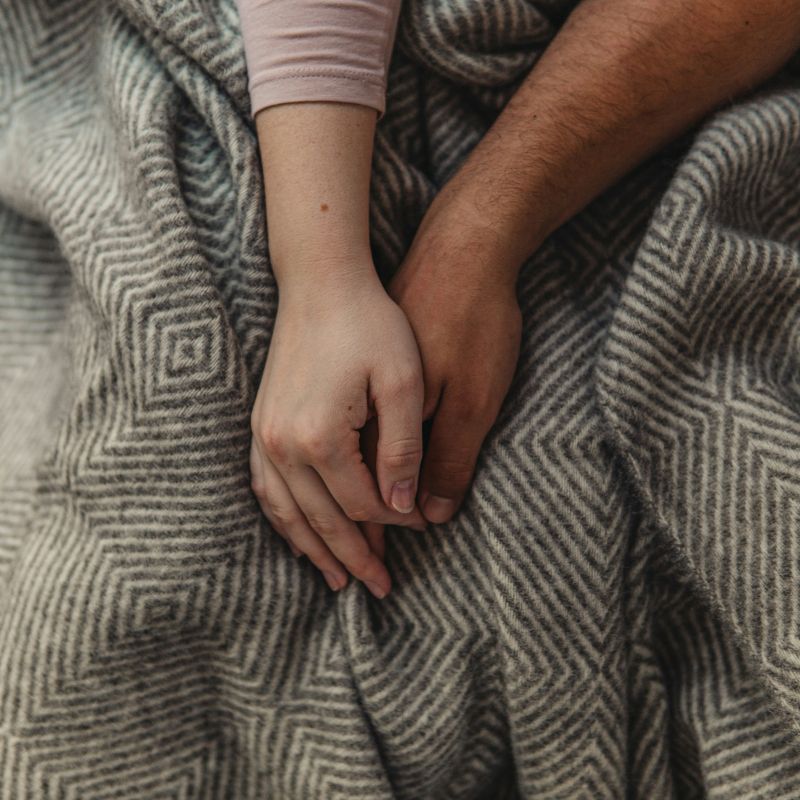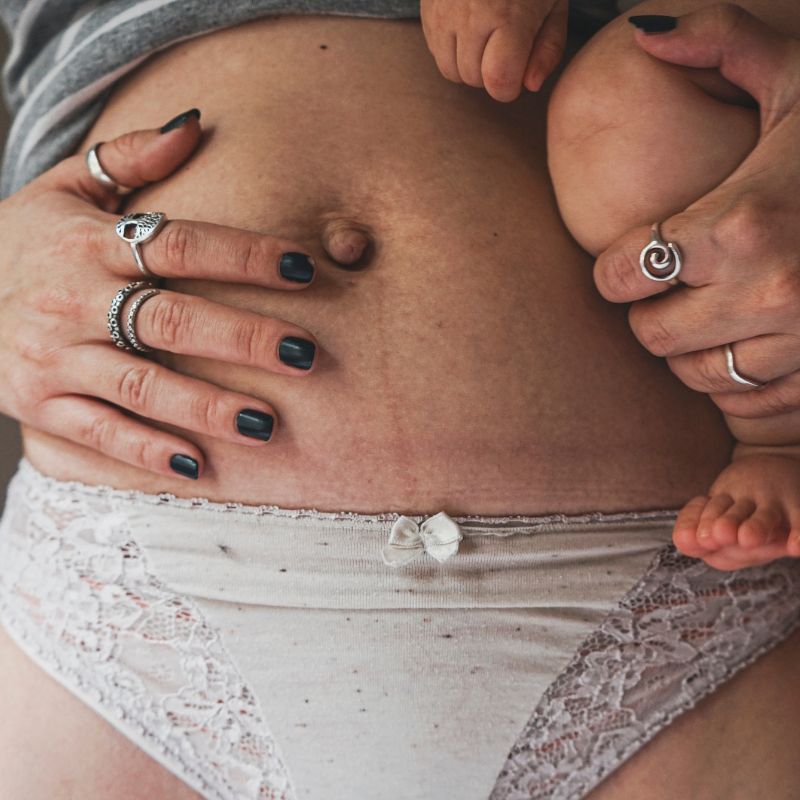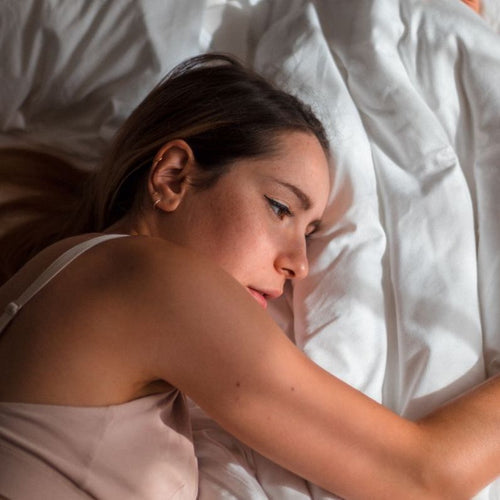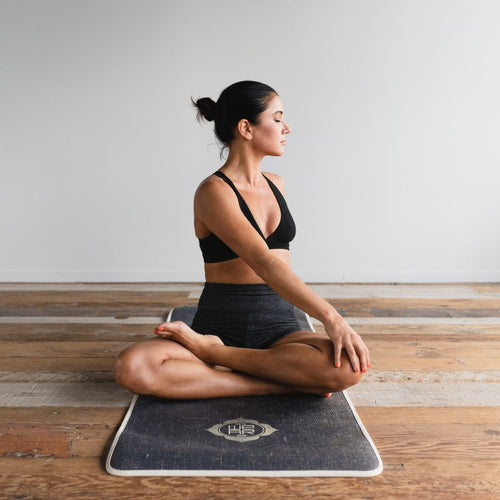As a new parent, one of the most important things to keep in mind is the cleanliness of your baby's bottles. Sterilising baby bottles is a crucial step in ensuring that your little one is safe and healthy, and it's important to know how to do it properly but it can feel a bit overwhelming to know the right steps. We're answering some of the most commonly asked questions about sterilising baby bottles, including how often they should be sterilised, the best methods to use, and whether or not they can be reused
The best method for sterilising baby bottles
There are a few options available for sterilising. One popular method is using a steriliser machine, which uses either steam, heat or UV to sterilise the bottles. These machines can be quite expensive, but they're very effective and can save you a lot of time and effort.
Another option is to use a sterilising solution, such as Milton Sterilising Fluid, which can be used to sterilise bottles and other baby equipment in just 15 minutes. Whichever option you go for, we've broken down the step-by-step process to follow:
Sterilising Baby Bottles using a Steriliser Machine:
- Firstly, you will need to assemble your steriliser machine. This may involve adding water to the base, or filling the reservoir with water, depending on the specific model
- Next, disassemble your baby bottles, taking care to remove any milk or formula residue. Make sure to clean all parts of the bottle, including the teat, ring, and cap. Make sure to have cleaned all parts of the bottle, including the teat, ring, and cap. before they are sterilised
- Place the bottles and their parts in the steriliser machine, making sure that they're securely in place and not touching each other
- Turn on the steriliser machine and let it run for the recommended time, which is typically around 10-15 minutes
- Once the sterilisation process is complete, the machine will automatically turn off or make a sound to indicate that it's finished.
- Your machine’s instructions will say how long you can leave equipment in the steriliser before you need to sterilise them again.
Sterilising Baby Bottles using a Sterilising Solution:
- Firstly, you will need to prepare your sterilising solution. This can be done by diluting a solution like Milton Sterilising Fluid.
- Next, disassemble your baby bottles, taking care that there is no milk or formula residue. Make sure to have cleaned all parts of the bottle, including the teat, ring, and cap. before they are sterilised.
- Place the bottles and their parts in the sterilising solution, making sure that they're completely covered by the solution and there are no bubbles in the bottles or teats.
- Let the bottles sit in the solution for the recommended time, which is typically around 30 minutes.
- Once the sterilisation process is complete, carefully remove the bottles and their parts from the solution, and rinse them thoroughly with clean water.
- Once they've been rinsed, you should reassemble the bottles and use them as needed.
It's important to note that the time frame for sterilising bottles in the steriliser machine and sterilising solution may vary depending on the brand or type you are using, always check the manufacturer's instructions for accurate time.
Can you use a microwave to sterilise bottles?
Another question that many parents have is whether or not they can sterilise baby bottles in the microwave. It might sound like a quick and easy solution, but it isn't recommended.
The reason for this is that the heat generated by the microwave can cause uneven heating, which can lead to hot spots in the bottles that may not be sterilised properly. Instead, it's best to use a steriliser machine or a sterilising solution.
Does the dishwasher sterilise bottles and feeding equipment?
The short answer is no. It will fully clean it but not sterilise it. If you’re washing bottles in the dishwasher. Ensure bottles, lids and teats are facing downwards so they don’t gather water and can be properly cleaned.
How often should you be sterilising baby bottles?
According to the NHS, it's recommended that you sterilise all baby feeding equipment, including bottles, before the first use. After that, it's recommended that you sterilise them at least once a day, especially if you're using formula milk. If you're breastfeeding, you can sterilise the bottles less frequently, but it's still important to do so regularly to ensure that they're clean and hygienic.
When can you stop sterilising bottles?
According to the NHS, it's recommended that you continue sterilising baby bottles and feeding equipment until your baby is at least 12 months old. At this age, their immune system is stronger and they're less likely to get infections from bacteria.
However, it's still important to ensure that the bottles are cleaned thoroughly and kept hygienic. The best way to do this is to wash the bottles in hot, soapy water, rinse them well, and then let them air dry. It's also important to note that if your baby has a weakened immune system, or if they're being fed expressed milk, you may need to continue sterilising bottles for longer. It's best to consult with your doctor for advice tailored to your baby's specific needs.
What is the best way to store sterilised bottles?
Once you've sterilised your baby bottles, it's important to store them properly to ensure that they stay clean and hygienic. Here's a step-by-step guide on how to store bottles safely after sterilising:
- Generally it is best to leave bottles and teats in the steriliser until you need them. For sterilising solution, ensure the bottles are kept submerged and change the solution every 24 hours.
- Allow the bottles to cool down completely before handling them. This is especially important if you've used a steriliser machine as the bottles will be hot.
- Using washed and dried hands and on a clean, disinfected surface, you can assemble the bottles and their parts, making sure that they're securely in place.
- If you're storing the bottles for a short period of time, it's best to keep them in a sealed container or bag. This will help to keep them clean and protected from dust or other particles.
- If you're using formula milk, it's best to prepare it just before feeding your baby. If you're breastfeeding you can keep the bottles of breastmilk in the fridge, but make sure to let them come to room temperature before feeding your baby.
Always check the expiration date of the formula milk or breastfeeding, if the bottles are expired or spoiled, it's best to discard them and sterilise new bottles.
Can my bottles be used more than once?
Finally, one question that many parents have is whether or not they can reuse baby bottles. It's safe to reuse baby bottles as long as they're kept clean and in good condition; you should always wash the bottles thoroughly after each use and to sterilise them again before the next use. However, if you notice any signs of wear or damage on the bottles, it's best to replace them.
Helpful Resources
Here are a few helpful references from the UK on bottle sterilisation:
- National Health Service (NHS) - Sterilising Baby Bottles: https://www.nhs.uk/conditions/baby/breastfeeding-and-bottle-feeding/bottle-feeding/sterilising-baby-bottles/
- UNICEF UK Baby Friendly Initiative - Feeding Your Baby: https://www.unicef.org.uk/babyfriendly/baby-friendly-resources/bottle-feeding-resources/guide-to-bottle-feeding/
👩 Our Customer Support Team are fellow mums and dads! 👨
Have more questions about Kendamil? Reach out to us! Our Customer Support Team have helped thousands of parents and we're here for anything you want to know.
IMPORTANT NOTICE: Breastfeeding is best. Kendamil Follow-on milk is only for babies over 6 months, and should be used as part of a mixed diet. Please talk to your Healthcare Professional.


